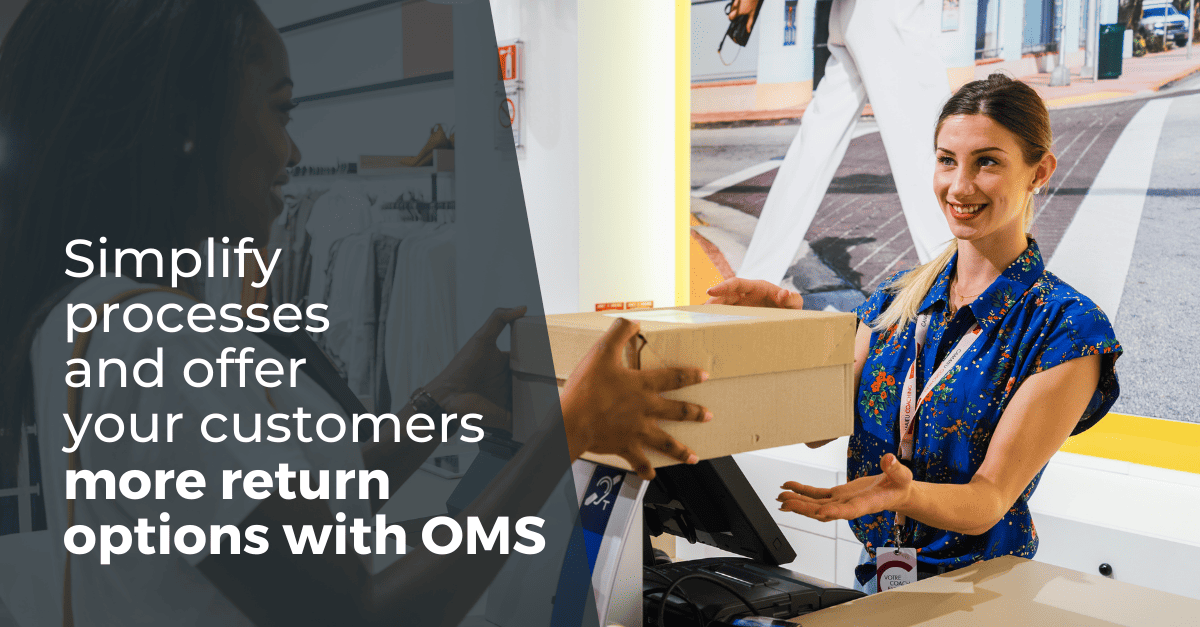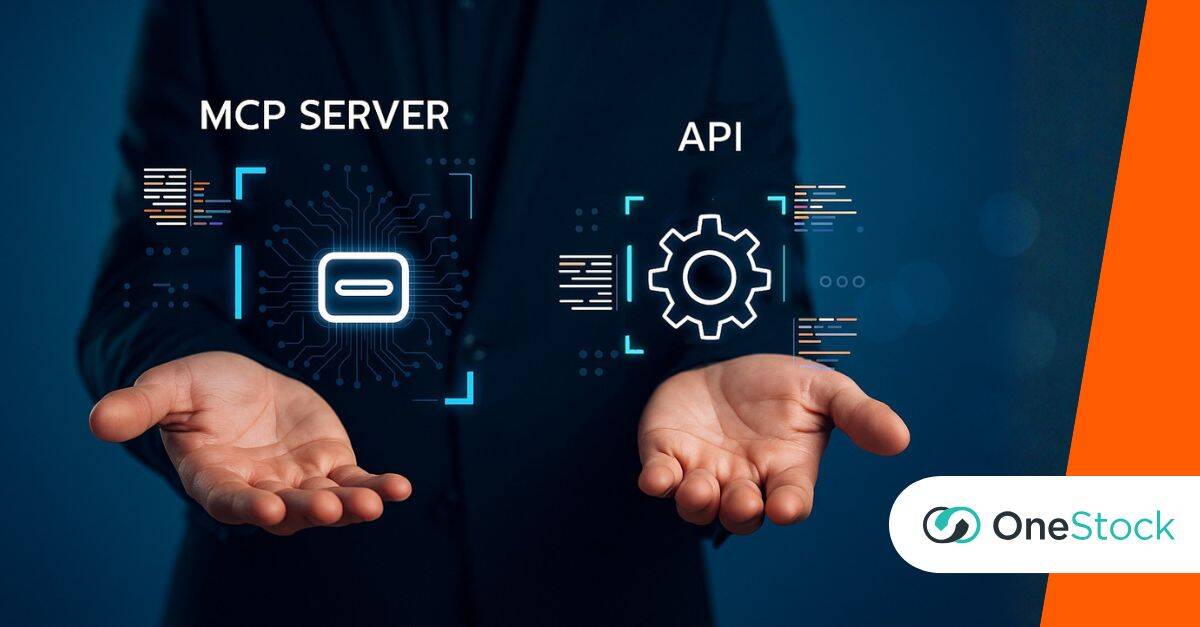
Simplify the returns process and offer your customers more options
Your customers want as many options and services as possible when they make a purchase, and the same goes for returns. The Order Management System (OMS) allows you to enhance your returns options and simplify the process. Let us explain why.
How do your customers return their e-commerce purchases?
Let’s consider the classic journey your customers follow to return an item purchased online. In this case, let’s say that your package did not contain a return label. Let’s have a look at the return process followed by your customers:
1. A customer who bought an article on your e-commerce website wishes to return an item.
2. They log into their customer account, and navigate to your returns portal.
3. They select the relevant order and the item(s) they wish to return.
4. The customer is offered a return method and must then:
5. Print a return label,
6. Pack the product in its original packaging, and
7. Drop the parcel off at a post office or pick-up point.
Though this process is relatively straightforward, you will know as well as we do that it does have its problems. Here are just a few examples:
- Blind warehouse: Your warehouse is working blind. It has no forecast of the number or type of parcels that it will receive each day. This makes it difficult for your warehouse manager to organise his teams’ schedules.
- The condition of returned products: It is only when the packages are received and unpacked that you discover the true condition of the returned products: Are they still in their original packaging? Is the label still present? Does the product have any major defects that prevent it from being resold?
- Poor customer experience: This may not be the case for you but the return process via the customer account is not always user-friendly.
- Lack of choice: Your customers are usually only offered one return option and would likely appreciate more options like being able to return packages directly to their letterbox or taking them directly to their nearest store. This would also have a positive impact on in-store footfall.
- Technical problems: If your customer doesn’t have a printer, how do they print the return label?
How can an OMS simplify the returns process?
The OneStock OMS allows you to give your customers more return options while solving all the issues that we just went over. We offer a returns platform, generated and maintained by OneStock, which you can integrate into your e-commerce website wherever you want. The integration is very simple because the returns portal is delivered to you as an iFrame.
On this returns platform, your customers can register a return request for one or more items in their order. This is how it works:
1. Your customer gives a reason for the return – this information, which you may not be collecting today, can be very useful for marketing purposes),
2. They give the condition of the item they wish to return – knowing this is very useful when it comes to choosing the repackaging process as well as for putting the item back on sale immediately if it is returned as new,
3. If you offer different options, they choose the return method they prefer,
4. They print the label or request that it be sent by post,
5. Finally, they simply follow the instructions for the chosen return method: return to the store, drop off at a post office, leave in their letterbox…
d
If you wish to offer several return methods, OneStock will manage the technical integration with the chosen carriers/logistics providers. You will simply need to set up your OMS to display all the economically viable return options for your customers. This will be done taking into account, for example, the size of the parcel and/or the address of the customer. Offering your customers several return options will be easy since OneStock supports the technical integration and the retailer keeps control of the business intelligence.
Also important is that, in the case of an OMS-orchestrated return, OneStock has the ability to inform the warehouse of the estimated date of return, the condition of the returned product, etc., which greatly assists the logistics team responsible for receiving and processing these packages.
What about in-store web returns?
So, an OMS allows you to offer your customers all types of returns: from home, to a pick-up point or even to a store. In this last scenario, it is essential to allow stores to process/receive returns. This service is very much appreciated by customers, especially those who cannot pack the items to be returned, do not have a printer at their disposal, live close to one of your stores or would like to go to the store to buy other items.
It is worth remembering that when an e-commerce order is placed, the customer makes the purchase, pays with his credit card via the PSP linked to the website and the turnover from this transaction is attributed to the e-commerce site. If the same customer returns an item to a store, the point of sale must accept the return and credit the customer’s original payment method.
While this sounds simple and logical, it is a real irritant for store managers. They have to refund the customer for a purchase that they didn’t make in their store, yet the money used for the refund will be taken from the store’s till.
With the OneStock OMS, your in-store staff simply register the return and automatically pass this information to the e-commerce platform so that it can credit the customer directly to their original payment method. This significantly simplifies things for the store managers who are then more willing to handle e-commerce returns in-store and can also see this as an opportunity to sell additional products from their store stock.
Would you like to enhance your return options and streamline the process? Contact us today.


